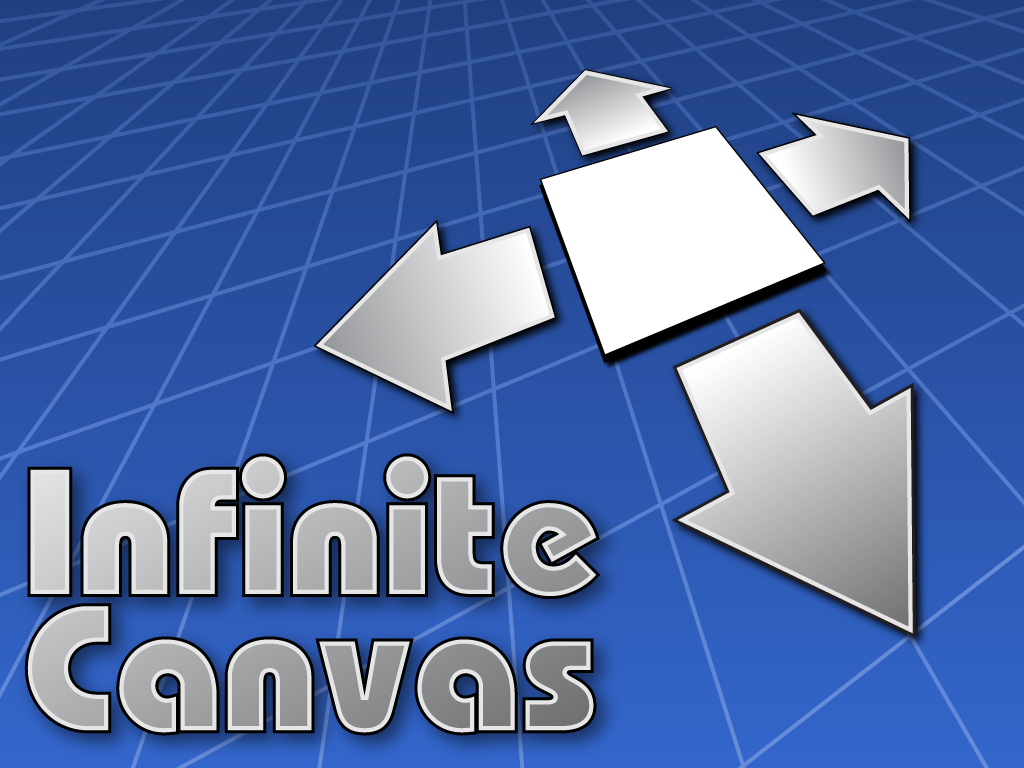
We waited for almost three months for our library to get a copy of the third book in The Guardians of Childhood series. This one is called Toothiana, Queen of the Tooth Fairy Armies, and like the other books in the series by William Joyce (who is developing a cross-platform franchise for The Guardian idea: books, movies, games), it has its up and downs.
The story revolves around the continuing development of the team of Guardians (which include Nicholas St. North and Bunnymund and Oombric the wizard, along with Nightlight the boy of pure energy and light, and the Man in the Moon) and their attempt to rid the world of Pitch, the king of nightmares who feeds on the bad dreams of children. A main human character, the orphan Katherine, gives the stories a childlike wonder and point of view, as she is part of the Guardians and sees more than evil in Pitch.
(Note: my son and I are reading the series together. Well, I am reading it out loud. He’s an active listener.)
Here, we meet Toothiana, and her origin story was the most interesting part of the novel, although she does not make an appearance until almost halfway through the novel. I won’t give it away but it involves a monkey king, a ruby box of magical teeth, a flying elephant, and tragedy. She also looks like no other tooth fairy you’ve seen before. Joyce depicts her as a beautiful warrior, armed to the teeth, and ready to protect children at any cost. She also has an army of mini-Toothianas that are smaller versions of herself (thus, the army). In this depiction as a warrior, she fits in perfectly with the other stories, where Joyce has begun reworking our conceptions of idols connecting to holidays.
Even though the writing ebbs and flows (in my opinion), the plot kept us both interested (my son wasn’t all that concerned with the writing, to be honest.) And this book left off with an intriguing cliffhanger in which a mysterious and powerful figure, who may be Mother Nature, enters the fray and steals away Pitch and the human girl, Katherine.
And now, we look forward to the next installment in the saga (not due out until September): The Sandman and the War of Dreams.
Peace (in the magic),
Kevin





